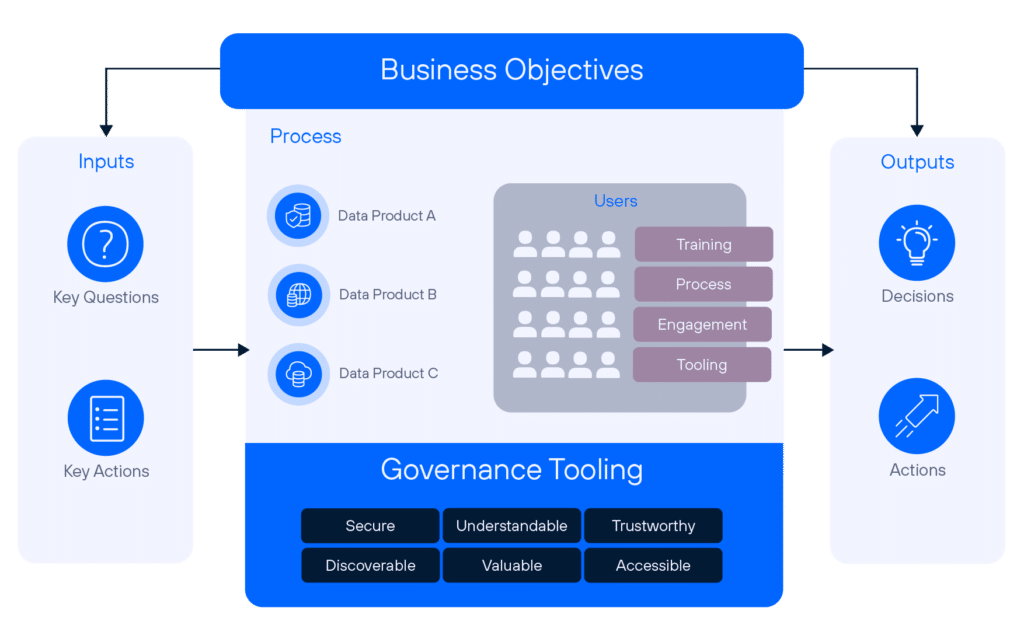This blog was authored by: Ben Jarvis, Data and AI CTO | 3rd February 2025
Following our first article, “Beyond the Hype: The Real Value of AI,” where Martyn shared insights on cutting through the noise, this second instalment focuses on a crucial aspect of AI implementation that I always discuss with customers; building a robust data culture within your organisation.
AI is a hot topic; however, the true foundation of successful AI integration lies in establishing a strong data culture within the business. In this article I will cover the essential components and steps required to build a data-driven culture that empowers businesses to fully utilise the potential of their data.





